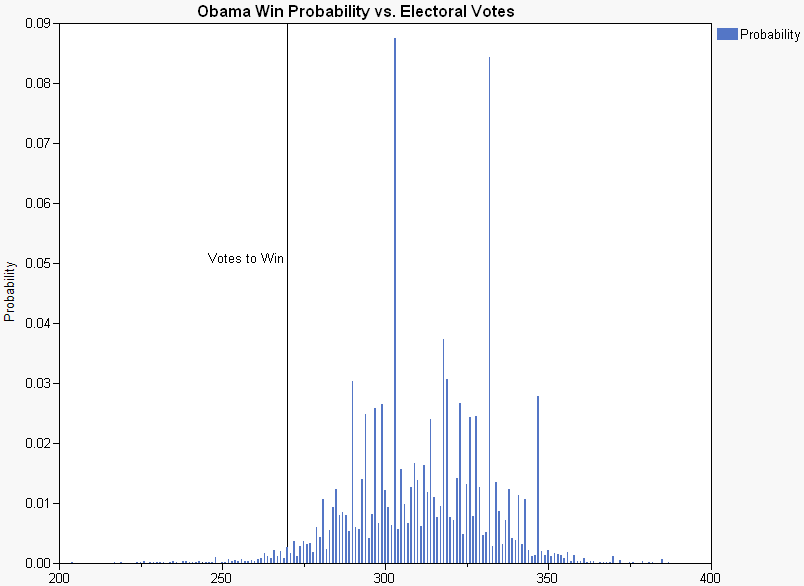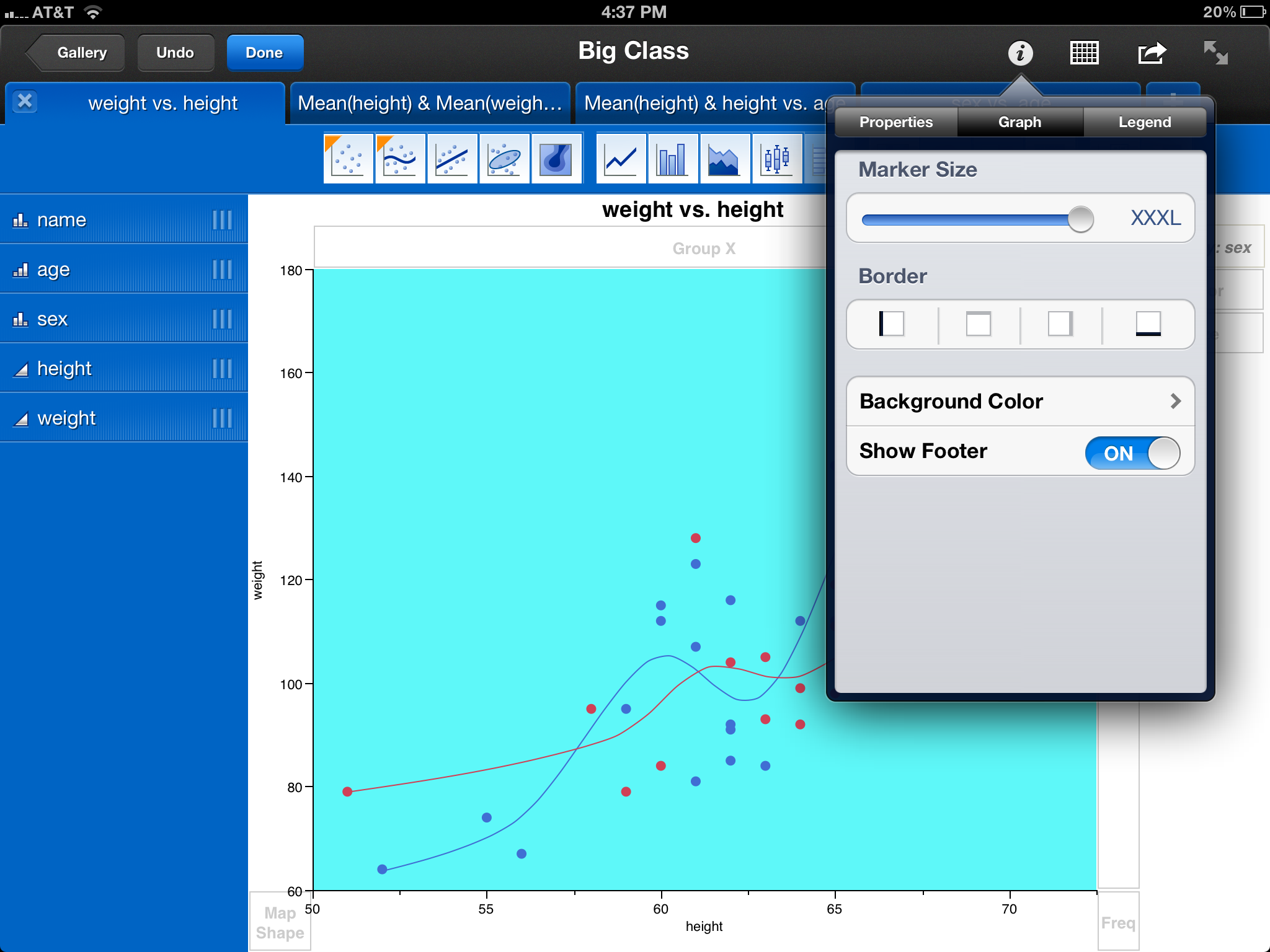
- #Jmp graph builder script to select variables for plot how to
- #Jmp graph builder script to select variables for plot windows
See Order the Levels of a Categorical Variable. (Appears only if you have categorical variables in the X or Y zone.) Orders the levels of a categorical variable. Rename levels, combine levels into groups, and reorder levels on the axis. (Appears only after you have moved a variable to the right.) Moves the variable back to the left.Īligns the major tick marks with those on the left axis. (Appears only if you have more than one variable in the Y zone.) Creates a second Y axis (on the right) for the variable that you select. Select the variable that you want to switch places with. Switches a variable from one zone to another. (Appears only for a date or time axis variable.) Enables you to select a cyclic period for your date data. For example, you might choose to bin at a high level, by year, or at a low level, by second.

(Appears only for a date or time axis variable.) Enables you to select a level of granularity to bin the data. You can use this option with the following elements: Points, Contour (Violin), Histogram, Box Plot and Parallel. – Parallel Independent is for parallel coordinates with independent scales. – Parallel Merged is for parallel coordinates with a shared scale. – Nested creates a nested scale with one level per variable. – Merged creates one scale that covers all variables.
#Jmp graph builder script to select variables for plot how to
Instead,įor(i = 1, i <= gb_nargs, i++, // let's see how to inspect it as an expression.Īrg(child, j) = are correct, the hover label functionality is based on interactivity. Gb_nargs = NArg(gb_expr) // and use pattern matching. Gb_expr = gbb << Get Script // You could wrap in Char() to get the GB script as a string Gbb = ob << Get Scriptable Object // Now we extract the GB object from the Display Box Ob = win // This is how you get the Display Box that contains the GB object Graph Builder( // with a LDF to make things interesting (multiple OutlineBoxes).Īdd Filter( columns( :height ), Where( :height >= 60.048 & :height <= 70 ) ) Win = New Window("A Title", // Let's create a Window that contains a Graph Builder
#Jmp graph builder script to select variables for plot windows
There are ways to trigger that using JSL (by moving the mouse, pausing, etc.) but that would add a lot of complexity to the solution that you really don't need.īased on your reply to and the solution proposed by here is a script that will take you from the windows reference all the way down to the Graph Builder variable references. Any are correct, the hover label functionality is based on interactivity. If I could figure out how to convert the window reference into a report, I think I could get that first method to work. Str = win << Get XML //This gives me the XML of the window, but does not provide the actual variable names used in the roles. Scr = gb << Get Script //from here I could parse the string to determine the roles Gb = win << Report //DNW: returns missing (win is not a platform)

Win = Window(1) //gets most recent window clicked on Here are 2 things I tried but did not work: Names Default to Here(1) My script is unaware of what is contained in the plot. Now I wish to run a script on the resulting plot. Suppose I start with this plot: Names Default To Here(1) The script needs to know what variables were used in which roles without the user telling it. Now they wish to run some generalized script on the plot (e.g.

Is there a way to programmatically determine which variable was used for X, Y, Xgroup, Ygroup, etc?įor example, suppose the user created a plot in gb. Is there a method to get the variable names & roles used in a graph builder window? Suppose I have a window containing a graph builder plot.


 0 kommentar(er)
0 kommentar(er)
